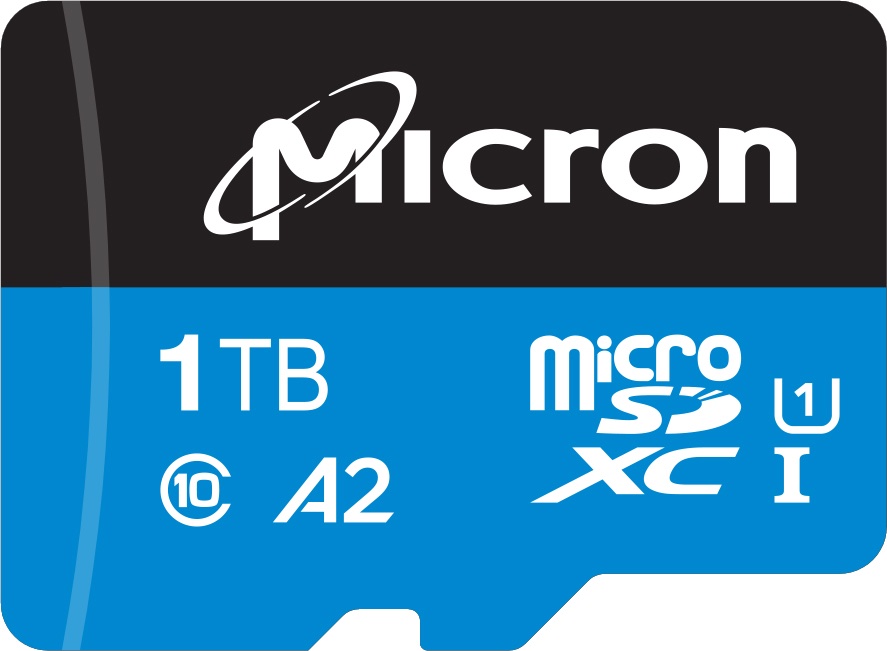Micron has released the i300 industrial microSD card with 1TB of quad-level flash for the video surveillance market.
According to the flash fabber, the i300 has enough capacity for a video camera so a local network or digital video recorder, is no longer needed to store video. Operators of video surveillance as a service can now store up to three months of video at the camera locations rather than in an NVR or pumped to the cloud every so often. Video on the card can be viewed across the network, instead of travelling to the camera.

Amit Gattani, senior director of segment marketing for Micron’s embedded business unit, told us: “The cost of the microSD card is now less than using centralised storage/NVR based architecture just out of the box, making it very simple for customers to adopt edge storage as the primary storage and not implement NVR or DVRs.”
He added: “This card family is for industrial markets with specific focus on surveillance in-camera storage. According to IHS, more than 70 per cent of the surveillance IP cameras have microSD card slot in them, and that’s the form factor and electrical interface that makes sense in this market.”
In reply to our question why Micron 1TB consumer microSD cards were not appropriate, Gattani replied: “Consumer cards are optimised for burst performance and will typically fail within few months in a 24×7 write application like video surveillance. They will also frequently drop video frames in a continuous write workload, and that’s not acceptable in the commercial surveillance market.”
Card holder
The i300 also comes in 128GB, 256GB, and 512GB versions. As it is built with the video surveillance market in mind, the emphasis is on capacity and endurance rather than speed.
The gumstick card supports up to three years of continuous 24×7, 30fps video recording at 1Mbit/s effective rate. It carries a two million hours MTTF rating and a health monitoring feature for IP camera integration reports card usage and the remaining lifetime. This can be integrated into video surveillance system software to alert end users.
The i300 operates at up to 100MB/sec sequentially reading and just 45MB/sec sequentially writing. This makes it a relatively slow performer compared to Micron’s consumer focused C200 1TB microSD card, announced in May.
The C200 runs at up to 100 MB/sec reads and 95 MB/sec writes. Its random read and write IOPS are 4,000 and 2,000 respectively. Western Digital’s SanDisk unit also introduced a 1TB microSD card in May, with sequential reads and writes running at up to 160MB/sec and 90MB/sec.
As flash density is set to increase, with more layers added to a 3D NAND die, we can look forward to 1.5TB and even 2TB cards.
The i300 microSDXC UHS-I is available for ordering today.








